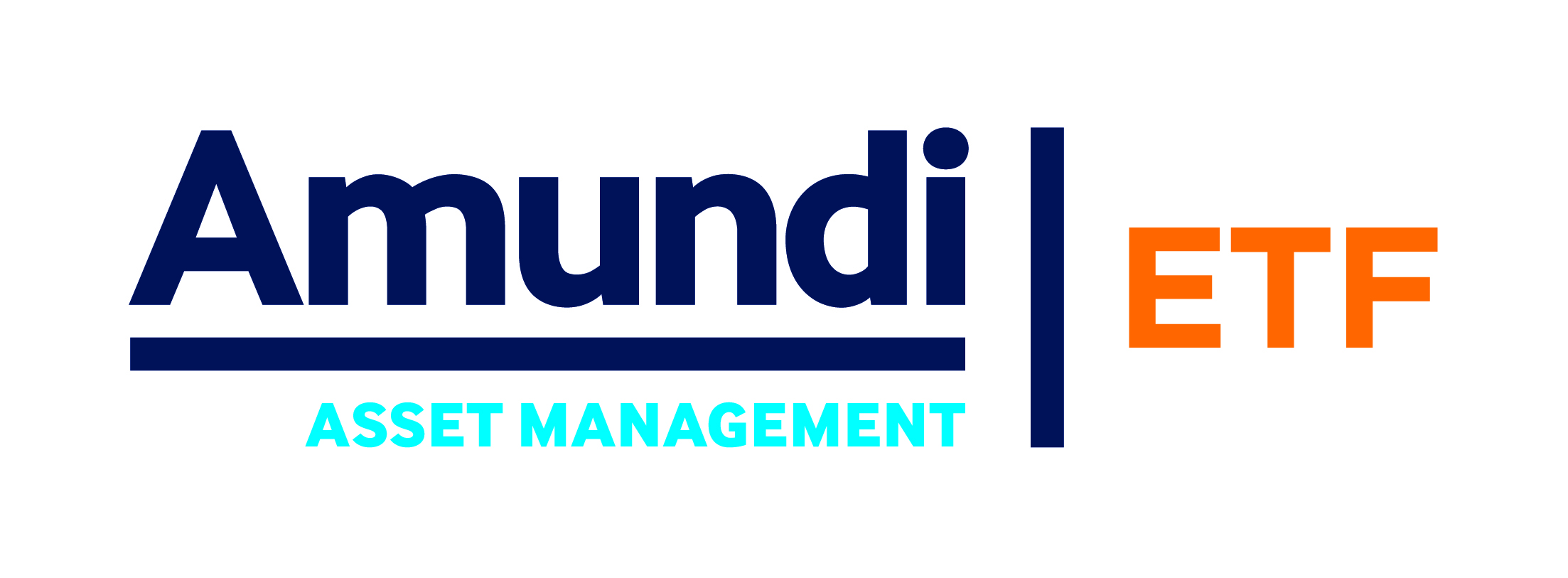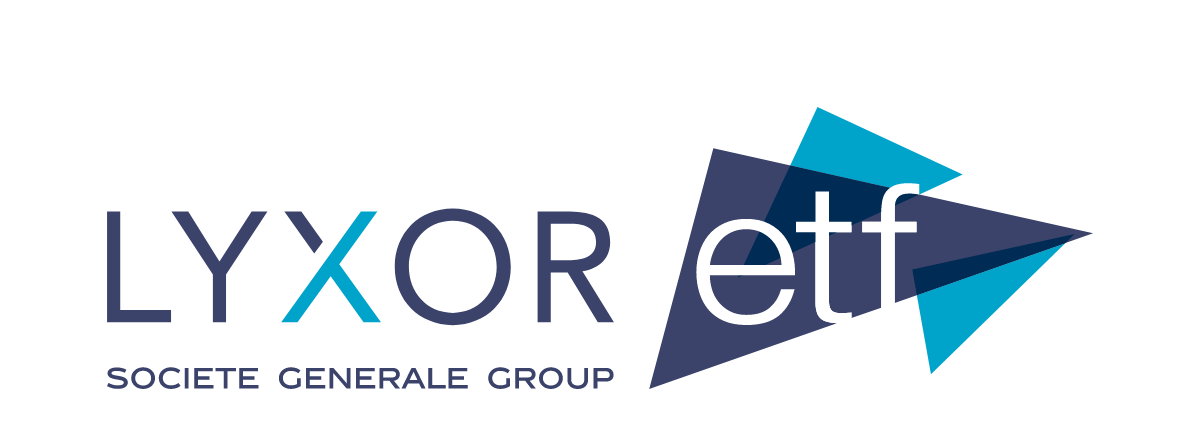Latin America is made up of roughly 26 countries, with Brazil, Mexico and Colombia the biggest three measured by population, according to
. For years the region has been plagued with headlines around political instability, hyperinflation and high-level crime and gang warfare.
But with new presidents in power, increasing investment in mining and rising exports, there could be a case for investing in the region.
Firstly, Brazil and Mexico will start next year under the rule of populist presidents who pledge to overturn decades of consensus policies in a bid to revitalize growth and boost investor confidence, according to Bloomberg.
In Mexico, President Andres Manuel Lopez Obrador will need to turn his campaign rhetoric into political reality. The country has also been in headlines recently over Obrador's talks with Trump. According to the Office of the US Trade Representative, Mexico is the US's third largest trading partner. Earlier this year it renewed its trade agreements with the US, with US Trade Representative Robert Lighthizer saying the agreement was "absolutely terrific" and would modernize a trade deal that had "gotten seriously out of whack.", according to reports from CNN.
Brazil, the largest country by population in Latin America also has a new president and watchers will be looking at whether Jair Bolsonaro can overhaul the pension system over the next year, which will be key to sustaining the recent stock market rally. The Ivobespa (Brazil's flagship stock market index) has returned nearly 20% in the last year.
Other countries, such as Chile, Colombia and Peru also look reasonably attractive.
Chile has a low tax rate and decent trade deals in place. It set up a trade deal with the US in 2004, which has a tariff of 6% on most marketable products. Chile also has trade agreements along the same lines with Canada, Colombia, Mexico, China, the European Union, Peru and Japan.
Colombia is another country that is likely to do well. It exports to the US and China, among other countries, and the country is a raw material hot house; its main exports are oil/mineral fuels, coffee, tea, and spices, according to Worldtopexports.
Finally, Peru. Its exports have increased by 3.4% since 2013 and last year exports totalled $44bn. Investment is going into the country's copper mining sector, according to Euromoney. It reported that "Budget priorities - ranging from education and healthcare to infrastructure projects - are supporting a structural risk profile improving across the board as the income gap closes and poverty declines. Political risk has also ameliorated, notably the corruption indicator stemming from president Martín Vizcarra's personal crusade to root out the endemic graft blighting the business environment and implicating several leading officials."
While the performance of many of these countries may not have been good over the last year (see graph below) over the longer term it's a better story. South American exports have also appreciated by 14.3% year-on-year in 2017, according to Worlds Top Exports.
Below is a chart showing the stock market indices of Brazil (black), Chile (red), Mexico (orange), Peru (green) and Colombia (blue). The performance is over the past year.
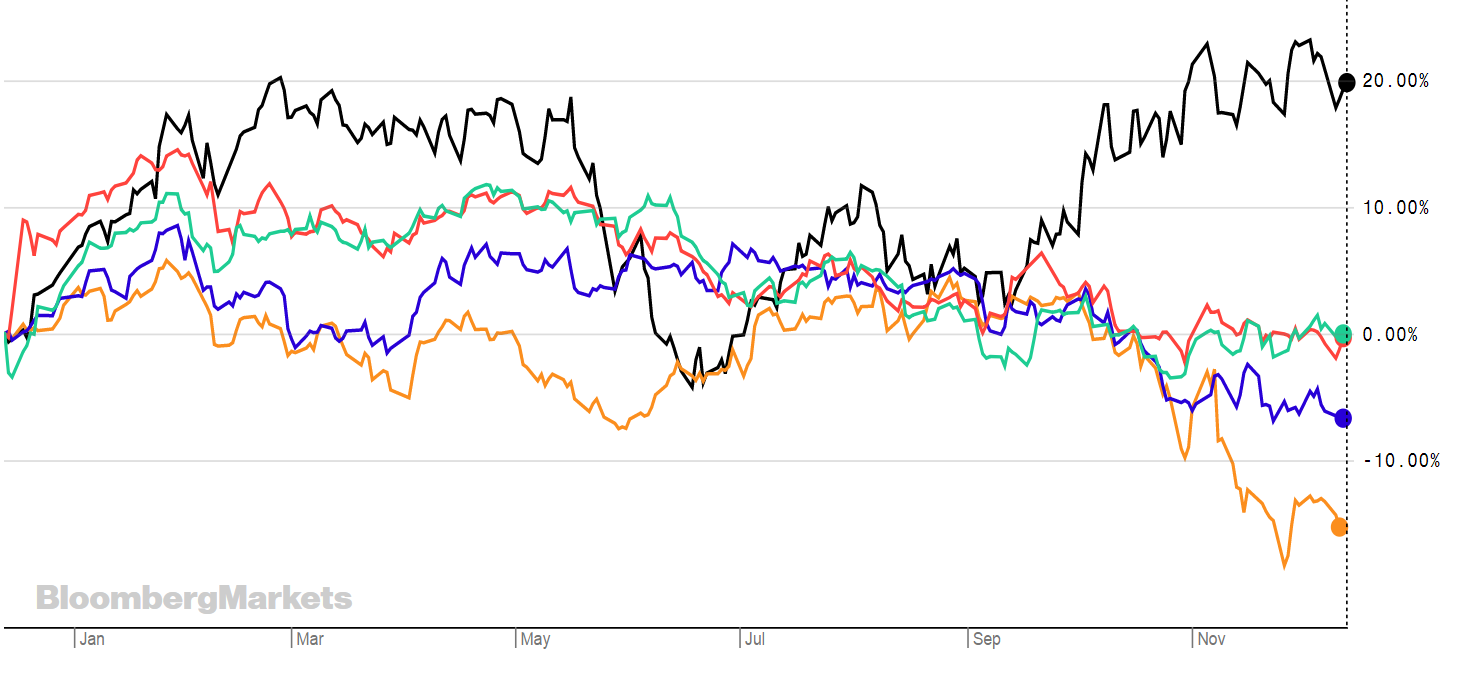
While the performance of all the indices - apart from Brazil - show a downward trend over the last year, it's a different picture over a longer time horizon. The chart below is of the same indices over the last five years.
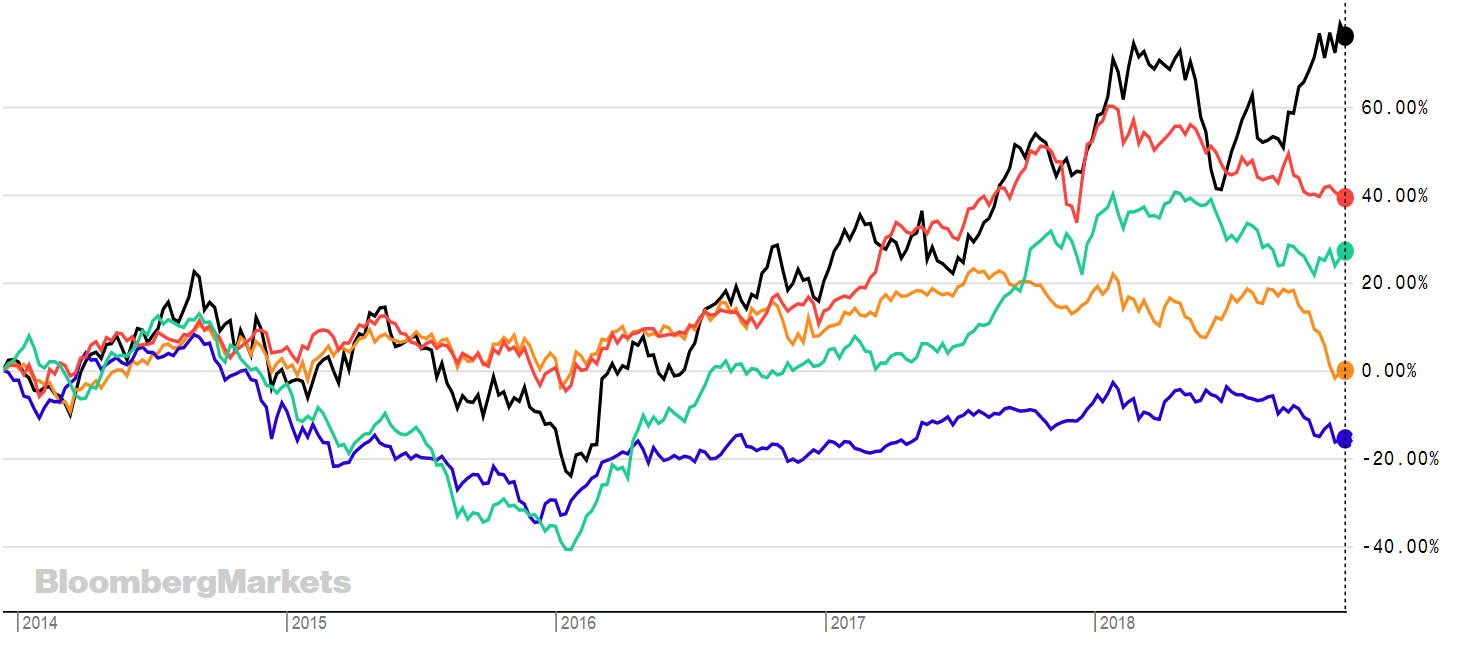
Source: Bloomberg
The Latin America region is bigger than these countries though and there are other countries that are likely to help boost the sector into positive territory. While is possible to invest in just one of these countries - as the graphs above shows - they can be quite volatile. For example, Brazil's Ivobespa fell 20% between 16th May and 18th June this year.
Latin America ETFs offer broader exposure to the top stocks from Latin American countries. They are also doing reasonably well when pitted against developed markets such as the S&P 500 and FTSE 100.
Below is a graph of the iShares IUSA ETF (orange), ISF ETF (blue) and LATM ETF (black) - all in GBP - over the last year.
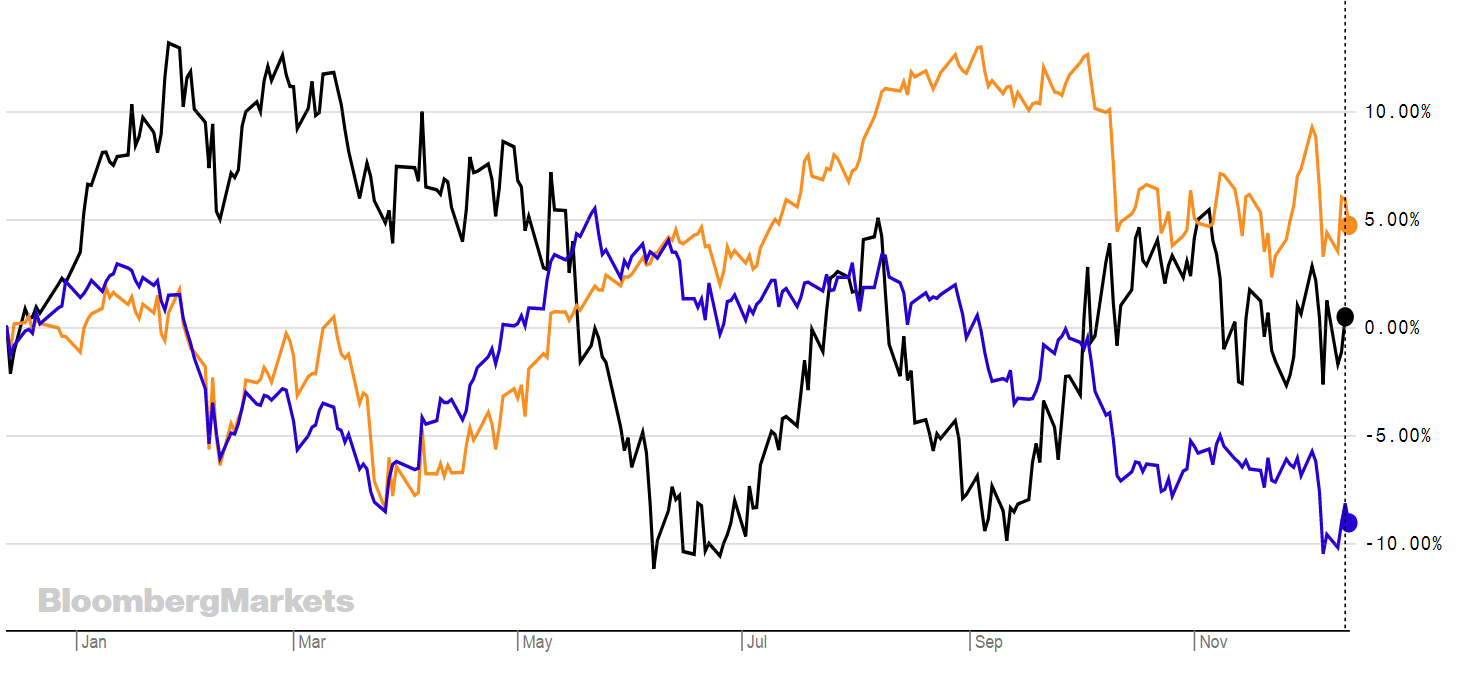
Source: Bloomberg
There are roughly six Latin America ETFs available on the LSE, but they aren't cheap. The lowest cost if Amundi's ETF, which costs 0.3% all in, it's also one of the youngest ETFs launched in 2016 and has assets of $244m, according to Bloomberg. The best performing over the last year is iShares LATM ETF.
The ETFs are listed below.
LTMU
LTML
XMLD
TER
0.65%
XMLA
TER
0.65%
DLTM
LATM
ALAG
TER
0.2%
ALAU
TER
0.2%
HMLA
HMLD
ETF1YR RTNTERINDEXLyxor MSCI EM Latin America UCITS ETF ($)-1.65%0.65%The Fund's objective is to give exposure to the stock markets of Latin America (Argentina, Brazil, Chile, Colombia, Mexico and Peru) by providing investment results that closely correspond to the performance of the MSCI EM LATIN AMERICA index.Lyxor MSCI EM Latin America UCITS ETF (£)3.57%0.65%The Fund's objective is to give exposure to the stock markets of Latin America (Argentina, Brazil, Chile, Colombia, Mexico and Peru) by providing investment results that closely correspond to the performance of the MSCI EM LATIN AMERICA index.Xtrackers MSCI EM Latin America Swap UCITS ETF ($)-1.83%M'ment fee 0.45%The ETF synthetically replicates the performance of the MSCI EM LatAm Net Total Return Index. The ETF offers exposure to Latin American Emerging Market equities. Provides exposure to Latin American Emerging Market large and mid-cap equities, covering around 85% of the market.Xtrackers MSCI EM Latin America Swap UCITS ETF (£)3.37%M'ment fee 0.45%The ETF synthetically replicates the performance of the MSCI EM LatAm Net Total Return Index . The ETF offers exposure to Latin American Emerging Market equities. Provides exposure to Latin American Emerging Market large and mid-cap equities, covering around 85% of the market.iShares MSCI EM Latin America UCITS ETF ($)-0.47%0.74%The Fund aims to track the performance of the MSCI EM Latin America 10/40 IndexiShares MSCI EM Latin America UCITS ETF (£)4.30%0.74%The Fund aims to track the performance of the MSCI EM Latin America 10/40 IndexAmundi Msci EM Latin America UCITS ETF (£)3.81%M'ment fee 0.10%The Fund's objective is to replicate the performance of the MSCI Emerging Markets Latin America Index. The Fund invests primarily in stocks of the companies that make up the Index. The Fund also invests in derivatives, debt securities and shares of existing fundsAmundi Msci EM Latin America UCITS ETF ($)-1.29%M'ment fee 0.10%The Fund's objective is to replicate the performance of the MSCI Emerging Markets Latin America Index. The Fund invests primarily in stocks of the companies that make up the Index. The Fund also invests in derivatives, debt securities and shares of existing fundsHSBC MSCI EM LATIN AMERICA UCITS ETF (£)2.62%0.60%The Fund seeks to track the performance of the MSCI EM Latin America Index.HSBC MSCI EM LATIN AMERICA UCITS ETF ($)-2.51%0.60%The Fund seeks to track the performance of the MSCI EM Latin America Index.


